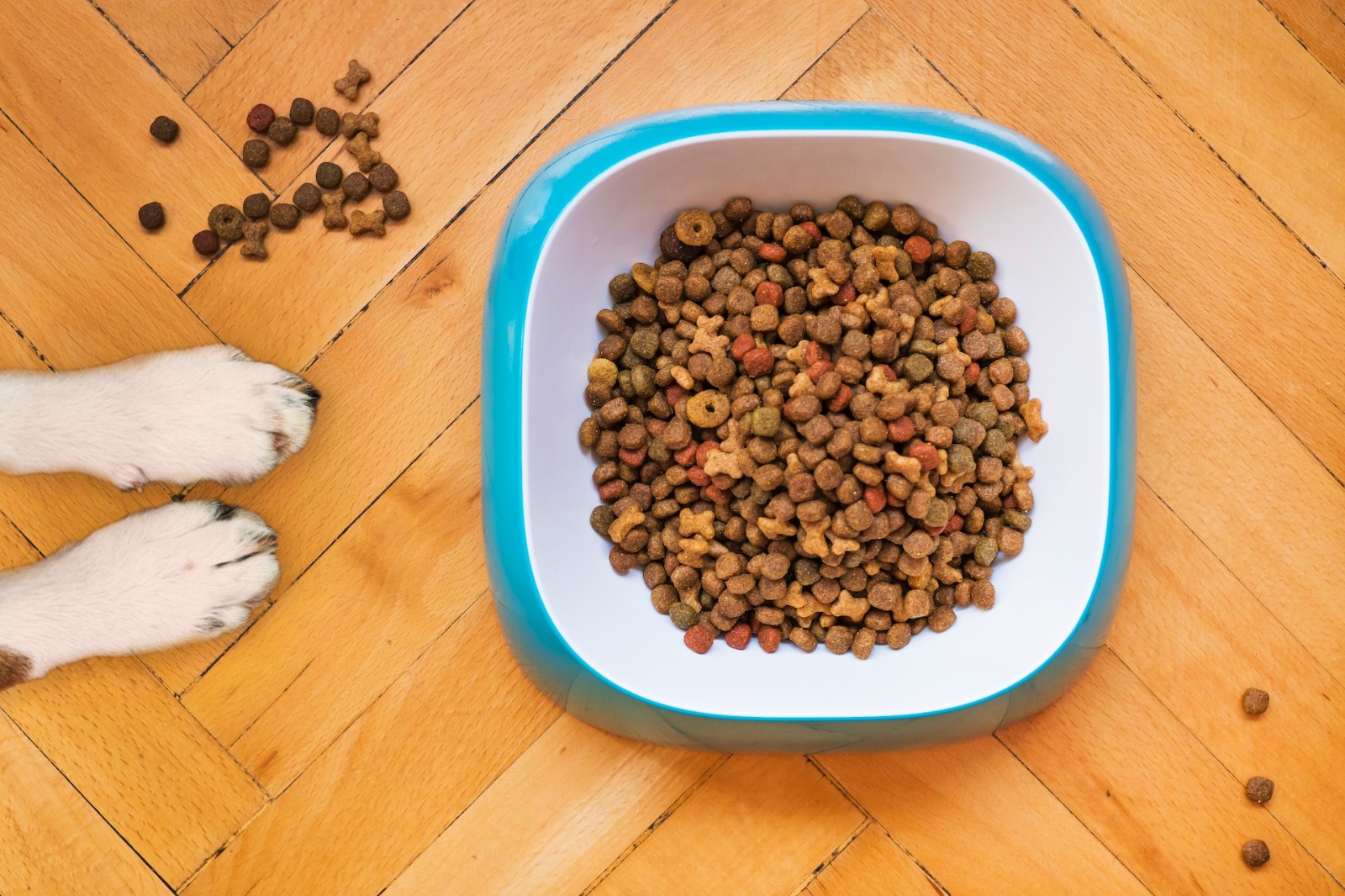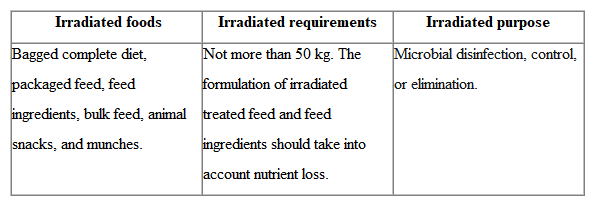

![[230807]辐照.jpeg.jpeg [230807]辐照.jpeg.jpeg](https://global.foodmate.net/file/upload/image/20230807/[230807]辐照.jpeg.jpeg)
Let's take a look at the definition of irradiation, ionizing irradiation and non-ionizing irradiation.
Irradiation refers to the physical phenomenon of transferring energy in space in the form of electromagnetic waves or high-speed particles. Usually according to the size of the radiation transfer energy, and whether it can lead to material ionization or not, irradiation is divided into ionizing radiation and non-ionizing radiation.
Ionizing irradiation refers to the ray with short wavelength (general wavelength less than 100nm), high frequency and high energy. It is the irradiation that can directly or indirectly ionize the atoms and molecules of the matter through the interaction with the matter, which can make the ionization of the affected matter. Ionizing irradiation can be divided into charged particles and uncharged particles according to the charged properties. High-speed charged particles include α particles, β particles, protons, and uncharged particles have neutrons, X-rays and γ -rays.
Non-ionizing irradiation is not enough to make electrons escape from the atoms, can not cause material ionization, commonly include infrared ray, visible light, ultraviolet, microwave, radio and so on.
The irradiation requirements for pet food (dry pet food) in China are mainly divided into three stages: pre-irradiation, irradiation and psot-irradiation.
1. Pre-irradiation Requirements
1.1 Sense: dry pet food should be consistent in color, uniform in shape and size, no moth, with normal smell, no mildew deterioration, and no peculiar smell.
1.2 Water content: 15.0%.
1.3 Microbiological indicators

1.4 Packaging
Materials of internal packaging should be irradiation resistant and environmental-friendly. The internal packaging materials of dry pet food shall comply with the regulations of GB 7718 and GB/T 18524 in China and adopt sealed packaging.
The outer packaging shall be in corrugated boxes.
2. Irradiation
2.1 Irradiation source
The kinds of Ionizing radiation suitable for dry pet food irradiation are:
——γ -rays produced by radionuclides such as 60Co, 137Cs ;
——X-rays produced by accelerator not higher than 5 MeV;
——Electron beams produced by accelerator not higher than 10 MeV.
2.2 Irradiation device and irradiation management
Irradiation device and irradiation management shall be implemented according to the regulations of GB/T 18524 and GB 17568 in China.
2.3 Absorbed dose
The lowest effective dose of dry pet food irradiation was 4.0 kGy, and the highest tolerated dose was 15.0 kGy. The minimum absorbed dose in the irradiation product box shall not be less than the minimum effective dose, and the maximum absorbed dose shall not be higher than the highest tolerated dose of the product. If required, should determine the highest tolerated dose of the product by sample testing.
2.4 Repeated irradiation
According to GB/T 18524 regulations in China, repeated irradiation of dry pet food is allowed, but the total cumulative absorbed dose should not exceed 15.0 kGy. If the product is reirradiated, the basis for the previous product irradiation dose should be provided.
3. Post-irradiation technical indicators
3.1 Sensory indicators to keep the original color of the product.
3.2 Water content: 15.0%.
3.3 Microbiological indicators


Irradiation requirements for pet food in the United States
1.1 Item requirements

1.2 Irradiation requirements
The United States allows the irradiation and sterilization of pet food, but requires:
(1) Gamma rays for sealed units of the radionuclides cobalt-60 or cesium-137;
(2) Electrons generated from machine sources at energy levels not to exceed 10 million electron volts;
(3) The absorbed dose shall not exceed 50 thousand Gy;
(4) When producing according to the formula, the nutritional loss caused by radiation should be calculated;
(5) If the irradiated feed ingredient is less than 5% of the final product, the final product can be irradiated without the secondary irradiation of the feed ingredient.
(6) The retail package of the product shall have the following irradiation mark, and indicate "Treated with radiation" or "Treated by irradiation" .
1.3 Microbiological indicators

Through the comparison above, it can be found that the irradiation requirements of pet food in China and the United States are very different. It is recommended that you consult professional agencies for help in the import and export trade of feed and pet food, so as to make the product process in the import and export inspection and quarantine more smooth.
Need help or have a question?
Send mail